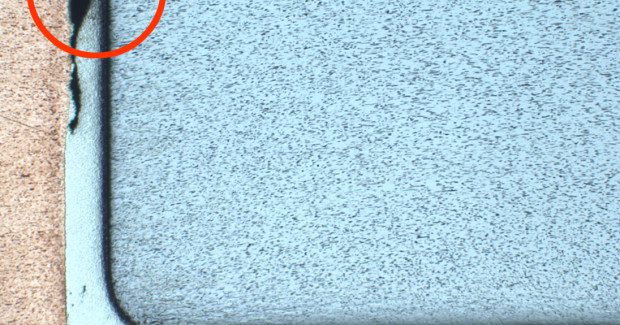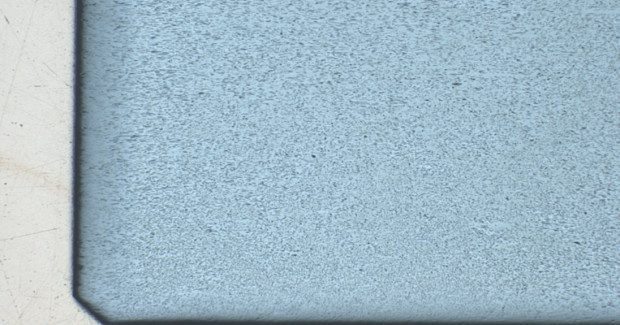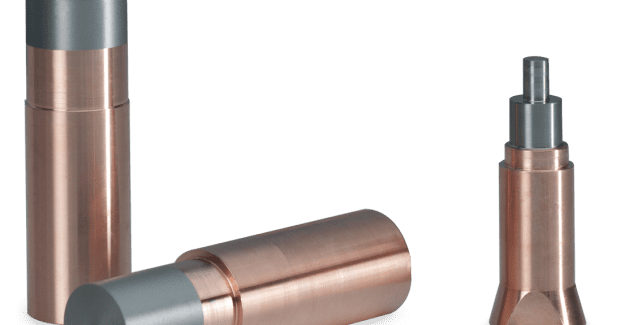Seamlessly Joined? Comparing Cast and Soldered Electrodes for Spot Welding
Cavities in the solder between the electrode and the shaft have a negative impact on the quality of the resistance weld. Plansee explains why anyone wishing to avoid cavities should use cast electrodes rather than soldered electrodes.
Posted: December 18, 2013
Electrodes made from tungsten-lanthanum or TZM with a copper shaft are suitable for withstanding the high stresses involved in resistance spot welding. But cavities in the solder between the electrode and the shaft have a negative impact on the quality of the weld. Tests show that anyone wishing to avoid cavities should use cast electrodes rather than soldered electrodes.
Tungsten-lanthanum and the molybdenum alloy TZM have a high melting point and are stable at high temperatures. Copper electrode holders dissipate heat quickly. But with resistance welding, it is not only the material that matters; the manufacturing processes are also important.
Many manufacturers join tungsten-lanthanum or TZM and copper using a soldering process. The solder is not distributed evenly at the join between the electrode material and the electrode holder. This results in cavities that have an impact on the electrical resistance and thermal conductivity during welding. The problem is that the quality of the weld can fluctuate when electrodes are replaced.
Benefits of back-cast tungsten-copper resistance welding electrodes.
Plansee USA LLC (Franklin, MA) does not employ any soldering processes when manufacturing its resistance welding electrodes, and instead casts its tungsten-lanthanum and TZM electrodes with copper in a vacuum. Molten copper completely encloses the electrode, creating a seamless join between the two materials. The welding parameters remain constant whenever an electrode is replaced. And the service life of the electrodes is also longer.
Figures 1, 2 show micro sections of a soldered electrode insert (left) and of a cast WL20 electrode from Plansee (right).
The Plansee High Performance Materials division is part of the Plansee Group and is an expert in the field of molybdenum, tungsten, tantalum, niobium and chromium components. Alloys and composite materials from Plansee come into their own in electronics, coating technology or high-temperature furnaces – wherever traditional materials are stretched beyond their limits.
Plansee USA LLC, 115 Constitution Boulevard, Franklin, MA 02038, +1 508 553 3800, Fax: +1 508 553 3823, usa@plansee.com, www.plansee.com.













